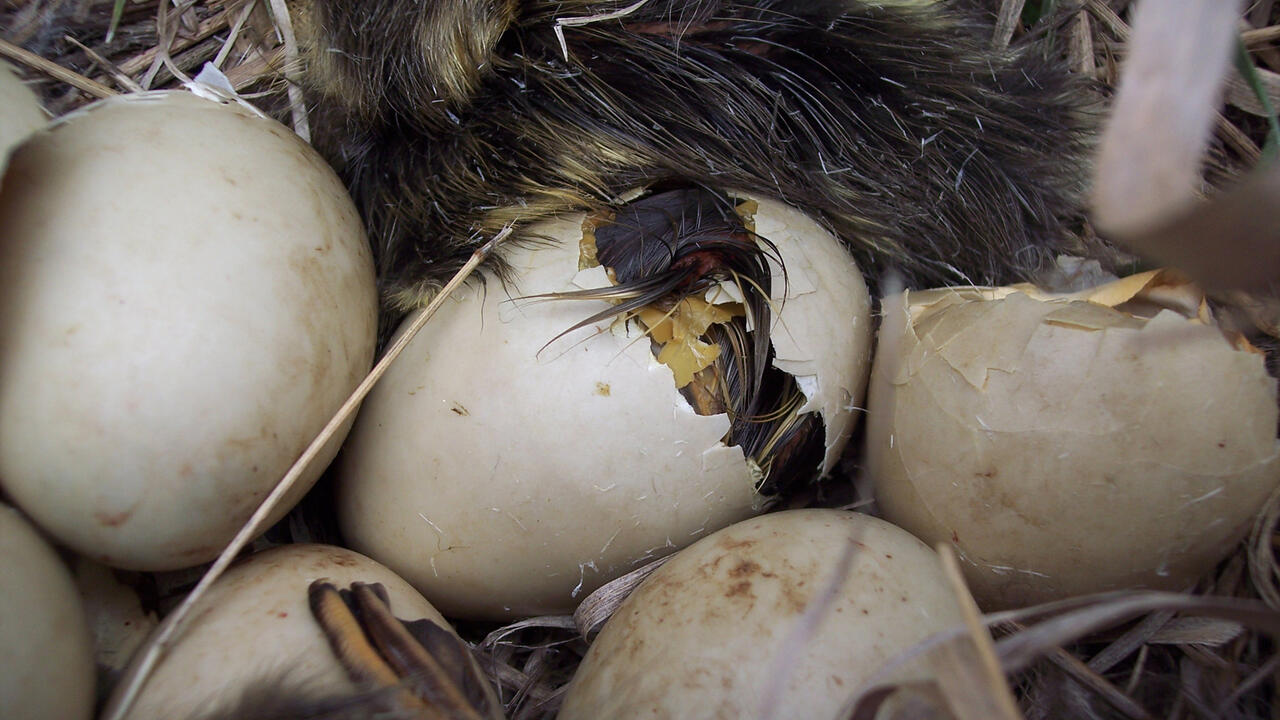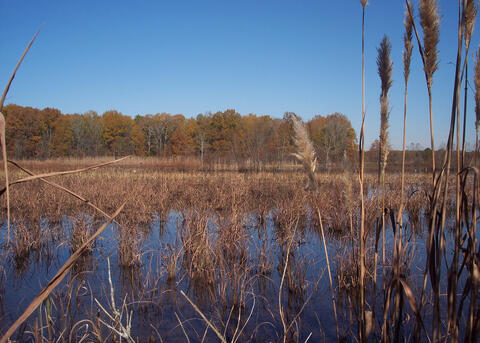STARKVILLE, Miss. -- Each winter, hunters across the Lower Mississippi Alluvial Valley (or “The Delta” as many of us call it) from Mississippi to eastern Arkansas and northeast Louisiana ask the same question: Where are the mallards?
More than two decades ago, waterfowl biologists were sounding the alarm over declining mid-winter counts despite healthy breeding populations. The basic message remains, but our understanding has sharpened.
Mallards are down continent-wide. The 2025 breeding estimate is about 6.6 million, roughly 17% below the long-term average. The biggest drivers are on the prairie breeding grounds: extended dry periods, fewer wetlands and the loss of nearby grassland cover needed for nesting and broods.
When dry cycles line up with habitat loss, fewer ducklings are produced. This shows up right away in the fall flight data. Other data show fewer juveniles are banded and harvested, and the adult population has more males than females due to higher hen losses during nesting.
Structured aerial surveys in Mississippi and Arkansas now show a long-term decline in wintering mallards, with a statistically clear drop in Arkansas and a smaller but evident decline in Mississippi. Other species of dabbling ducks tell a different story: green-winged teal, gadwall and shovelers have been stable or increasing. This difference points to mallard-specific challenges, not a universal downturn in dabblers.
Mallards tolerate cold temperatures better than many other ducks and often delay migration until snow cover and prolonged freeze force them to move. With milder winters and more open water at mid-latitudes, birds can winter farther north and push south later and in lower numbers. The Mississippi Flyway remains the primary travel corridor. What’s changed is timing, abundance and distribution.
A common belief among some duck hunters is that fewer mallards are the result of “flooded corn up north that keeps them from moving.” Flooded standing crops can hold birds locally, but the long-term mallard declines in the Lower Mississippi Alluvial Valley, or LMAV, began before widespread adoption of this practice. If it were the main driver, other grain-eating dabblers would also be less abundant in the LMAV. They aren’t.
Some of these hunters believe that the LMAV mallard decline is because “regulations now allow hunting over standing crops.” Hunting over unmanipulated standing crops has long been legal. So, that rule hasn’t newly “opened the door.”
Others claim we must “cut the length of seasons and reduce bag limits.” Decades of banding and modeling show breeding-season vital rates (nest success, brood survival and hen survival) dominate mallard population growth. Non-breeding survival, including harvest, is a much smaller slice––less than 10%. The Adaptive Harvest Management program adjusts frameworks as needed, but you can’t fix a duck reproduction problem without understanding the full situation.
We’re living in a new normal. Expect more days when gadwall, teal and shovelers make your hunt. Locally, good habitat still matters. Water on the landscape, paired with quality food and cover, can improve body condition and survival and better prepare birds for breeding. The broader mallard picture hinges on prairie wetland and grassland conservation and weather.
Mallards aren’t simply skipping the Mississippi River because of corn, and low populations aren’t a result of liberal bag limits. Fewer are being produced on the prairies, and milder winters are changing when and how far they migrate. The most effective response is clear: Protect and rebuild breeding-ground habitat; keep improving local winter habitat quality; stay engaged with science-based regulations that respond to changing conditions and hope that we get weather that pushes mallards south.
Images
Contacts
-
 Extension Instructor I
Extension Instructor I- Wildlife, Fisheries & Aquaculture

